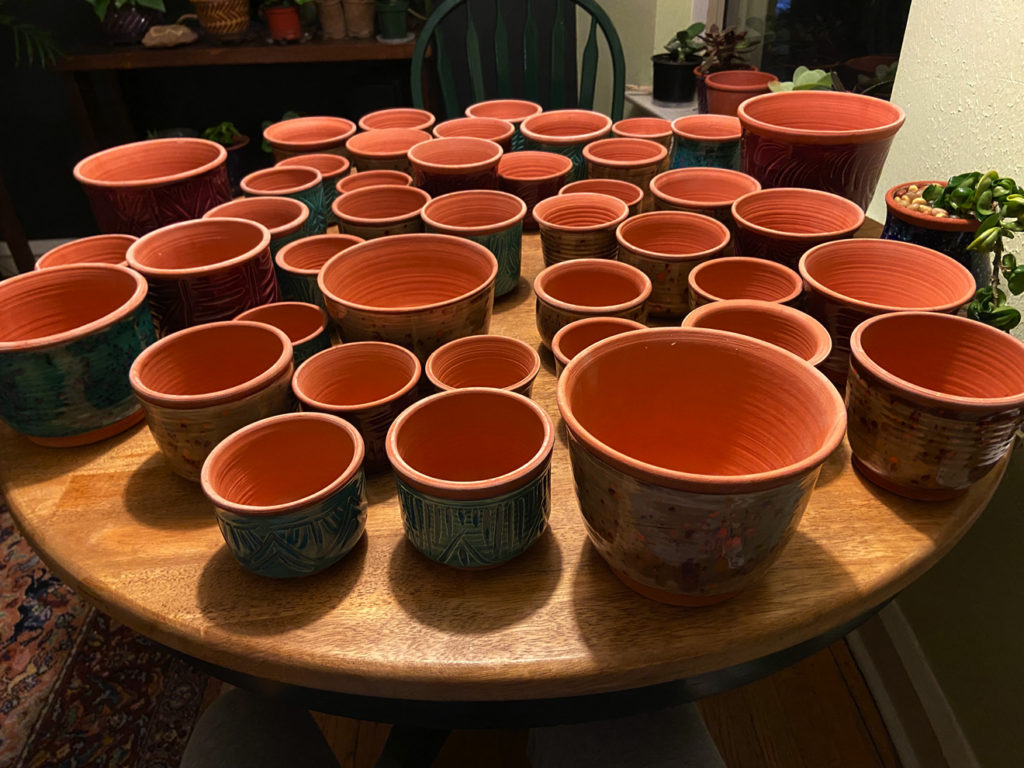
A few weeks ago, the reading group I am part of, Communities without Purpose (a nod to Deleuze by one of the group’s founders), decided to look at the book We Have Never Been Modern by Bruno Latour. One passage in particular compelled me to add a bookmark. In section 3.9 The End of the Passing Past, Latour writes:
“[ . . . ] postmodernism is a symptom, not a solution. The postmoderns retain the modern framework but disperse the elements that the modernizers grouped together in a well-ordered cluster. The postmoderns are right about the dispersion; every contemporary assembly is polytemporal. But they are wrong to retain the framework and to keep on believing in the requirement of continual novelty that modernism demanded.”
Indeed, why is continual novelty required? Can artwork be a simple reiteration of something that’s been done before? Although on the one hand there is such a thing as resistance to positive change, i.e. maintaining the status quo (conservatism), on the other hand there is selective preservation for the sake of community, loyalty, and a sense of being grounded. There are times when sustained ritual and repetition in art are much more effective than challenging the viewer with a novel point of view.
And let’s not forget the value of firsthand experience! Years ago, when I was a student at SAIC, my photography professor Robert Clarke-Davis wrote the following in response to my email about wanting to create a photograph that I knew “has been done” before. He wrote, “I feel that even if something has been done, it hasn’t been done by you—and the whole idea is firsthand experience, not a passive one.”
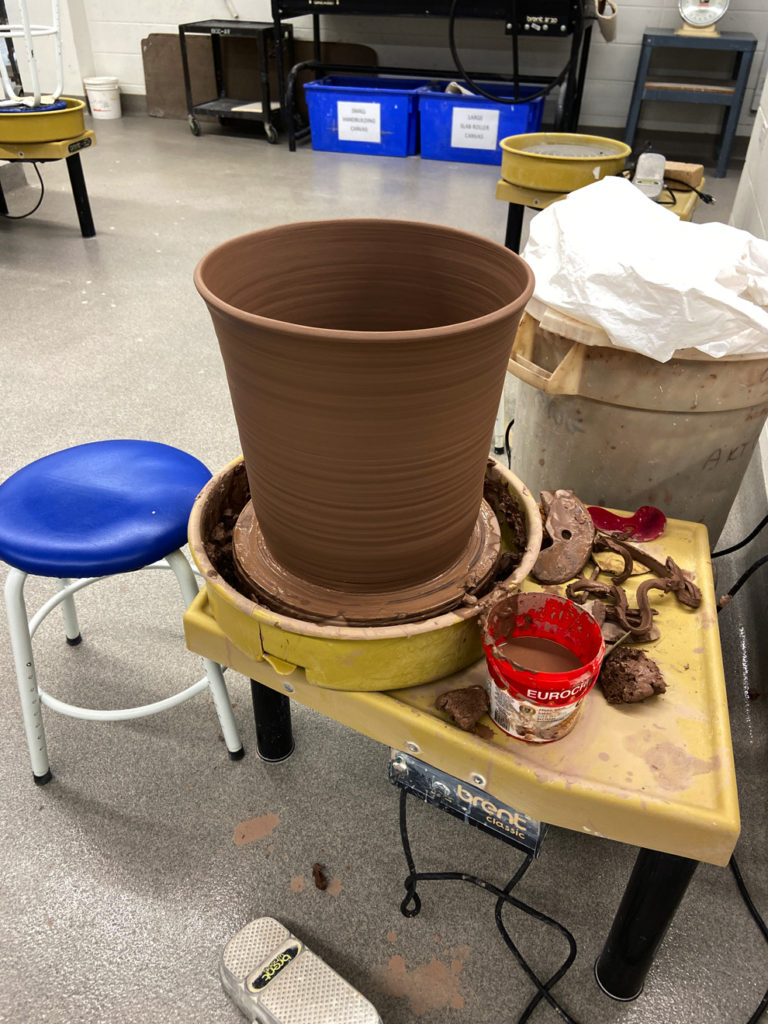
A few of my students have described the potter’s wheel as boring because everything made on it looks basically the same. Isn’t that what makes it so appealing?
I have already written about the obscene number of houseplants that I amassed during the pandemic, several of them placed in punctured yogurt containers—a persistent reminder that I needed to obtain some flowerpots. But I had somehow forgotten that I could make the pots myself, maybe because the pandemic felt like living in the Matrix. My friends were now faces on a screen. So were my students. I was looking at the world through my phone, buying necessities online, watching lots of movies. In a way, my physical body became trivial. Life seemed to exist mainly in the virtual world. In August 2020, I decided to contact the ceramics studio at Oakton College where I teach drawing, and was shocked to find out that the lab was open. So, I put on my N-95 mask, made a 150-pound batch of terracotta, and began visiting the studio two or three days per week. This routine anchored my time, which in 2020 had a way of slipping. Most of us in the lab had already known each other for over a decade, so I was surprised to discover that several potters were also long-time plant enthusiasts. We compared notes. That fall semester, I made approximately one hundred pots and gave over half of them away in exchange for plant cuttings. More cuttings meant more pots; it turned into a feedback loop.
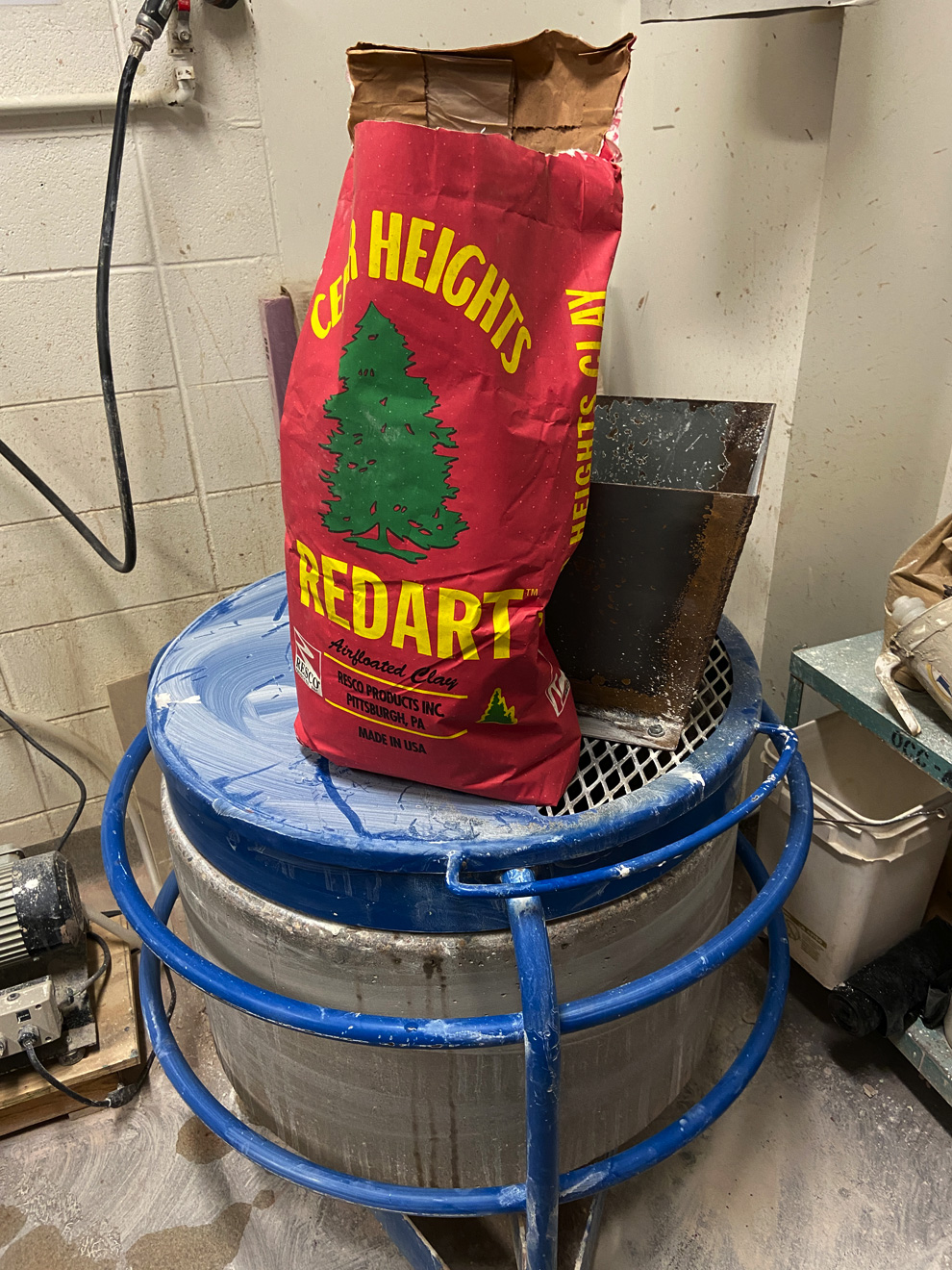
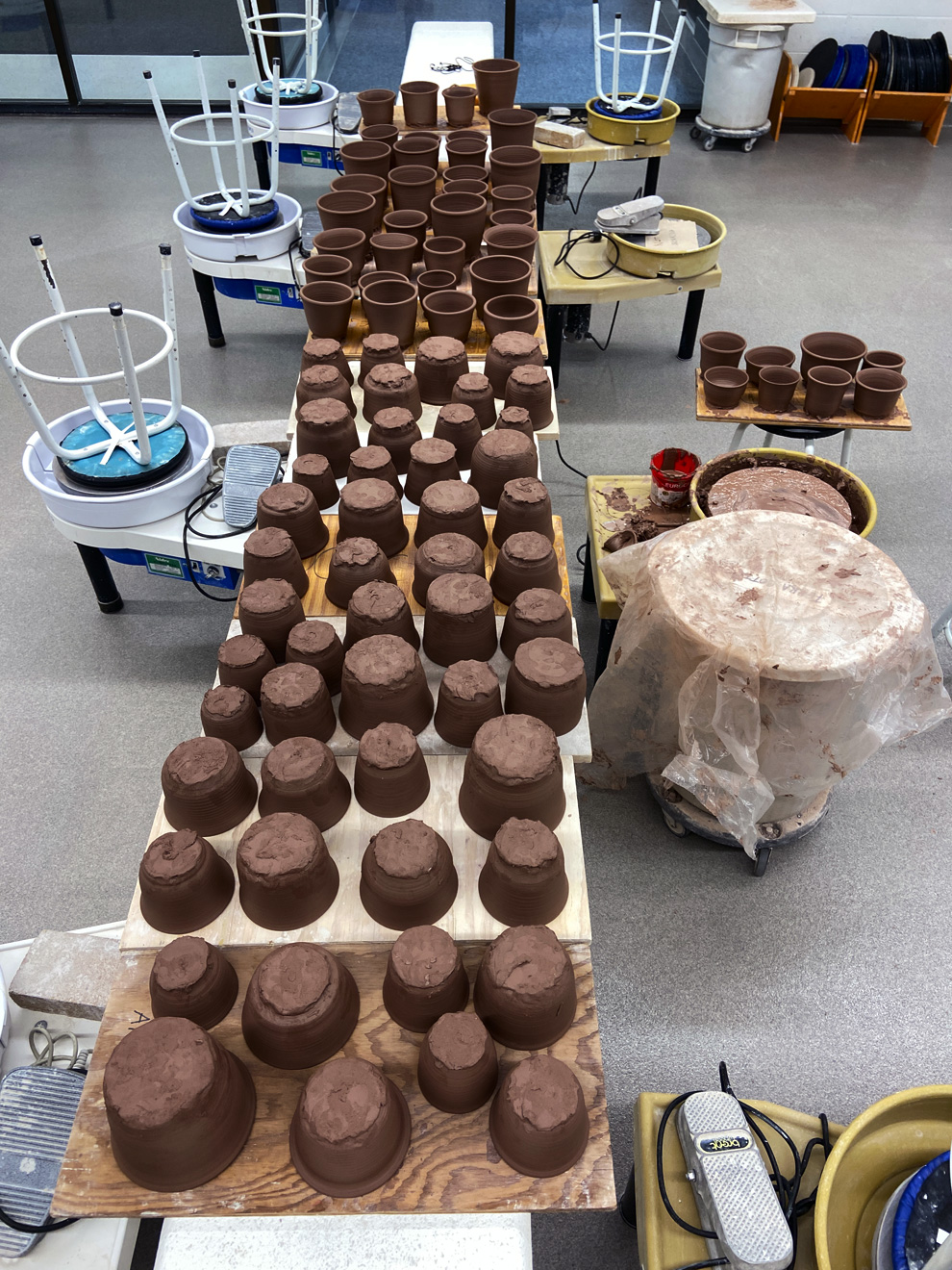

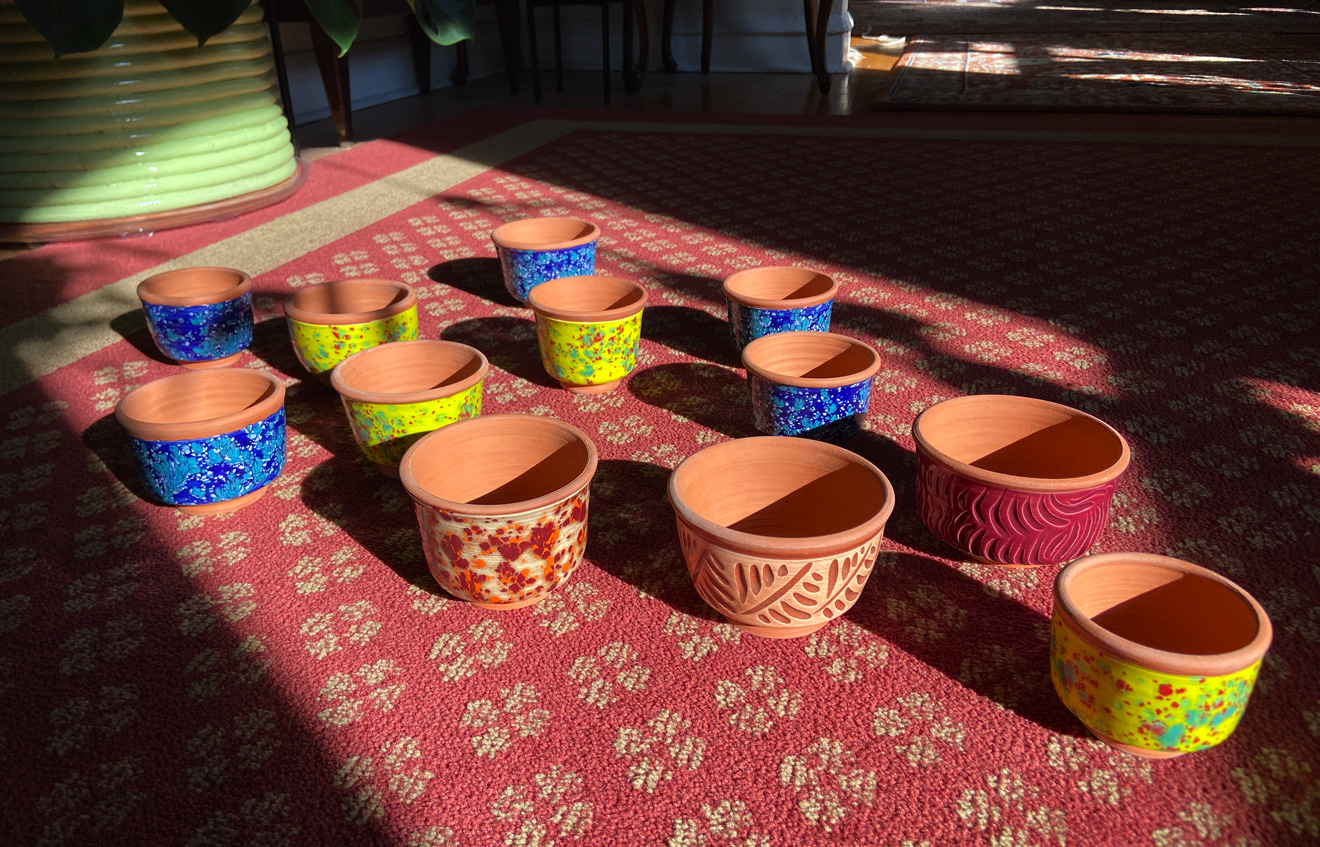
Production pottery can be physically strenuous, especially when lifting 50-pound bags or centering 20 pounds of clay. It’s a workout. I had read somewhere that the meditation of repetitive work with hands in a flow state has a tonic effect on the brain, too. There is the ritualized aspect of setting up, wedging clay, and going through the many steps of throwing, trimming, drying, firing, and glazing hundreds of nearly identical pots. Ceramics provided such a contrast to life on the internet. Those who have studied wheelthrowing know how addictive it is. It taps into something primeval: it’s slippery, it makes squirting sounds, it smells vaguely like mud (at least when the clay is aged properly), and many of the motions required are both sensual and grotesque, verging on obscene. Terracotta in particular is the epitome of these things—in its raw state it literally looks like shit. There is a baseness to clay that a fired piece doesn’t quite retain. You have to work in ceramics to know what I’m talking about (or you can just watch this video).
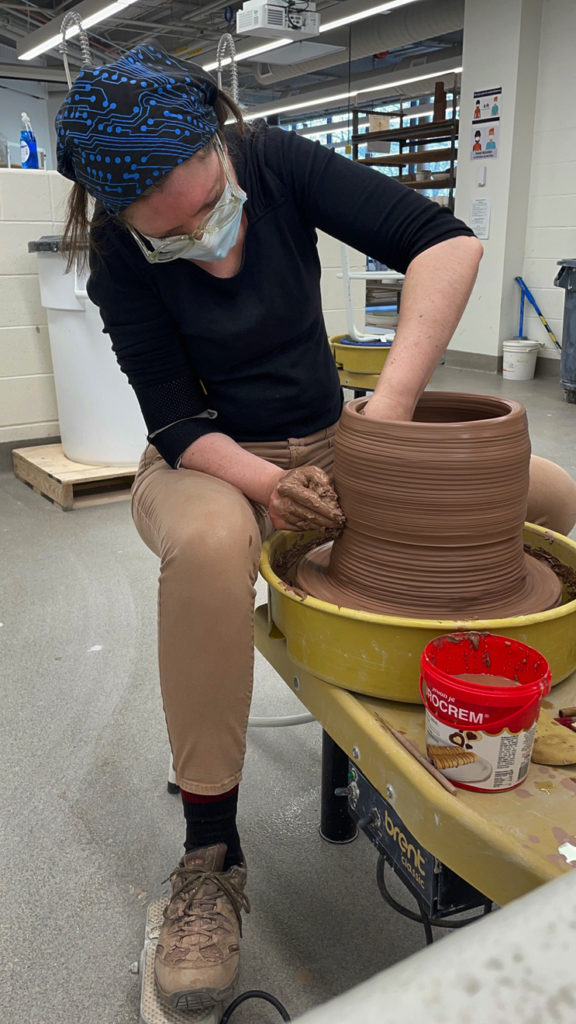
My goal with these pots was neither experimentation nor fun. My number one objective was their function; the pots had to work for the plants. This meant that the form needed to be increasingly wider at the top, without an undercut, so that the plant could be removed without root damage. The pots were all geometrically similar: in a form of what’s called a frustum. I left the inside unglazed and porous in order to wick water away from the plant roots, while glazing the outside to stop water from escaping too quickly and prevent the soil from drying out. I made slightly thicker rims to prevent chipping. I raised the pots by trimming a foot in order to keep the bottom of the soil away from excess water in the tray. Some pots were lower and wider, some narrower and taller—all to accommodate a specific plant’s roots. Nearly every aspect was determined based on what would be best for the plant.
In other words, I thought I was making the most generic pots possible. By December 2021 I had made hundreds of them. Around this time, I got into a conversation with someone who said that she preferred rustic, raw, weathered-looking pots over intensely-colored, glossy, smooth ones with “sprinkles.” This was the moment I realized how specific my aesthetic really was, and just how important it was to me. My pots needed to be brightly colored, confetti-splashed, glossy, gesturally hand-carved “circus” pots. Neither subdued nor demure, neither weathered nor natural-looking. But I had no idea why. Where was this coming from!?
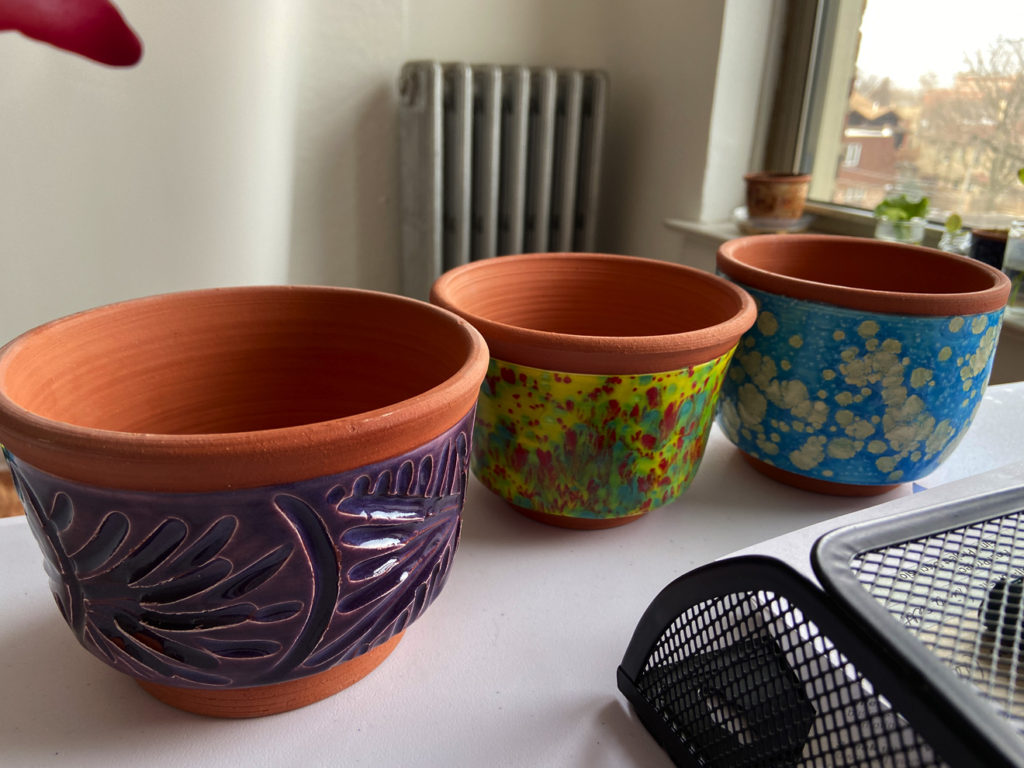
This was also the moment that I speculated whether or not these pots are art. They are not art objects, but there is art in their distribution and excess—the fact that they are dispersed out in the world, that plants are growing in them, that they have new lives. It’s really important to me that the pots themselves are not unique. I didn’t want them to break new ground as interesting objects. I wanted them to simply serve the plants and bring joy to plant lovers. It got me thinking about art in general and the reasons why we constantly look for something novel. During the early pandemic, I had the urge to keep making colorful ordinary things.
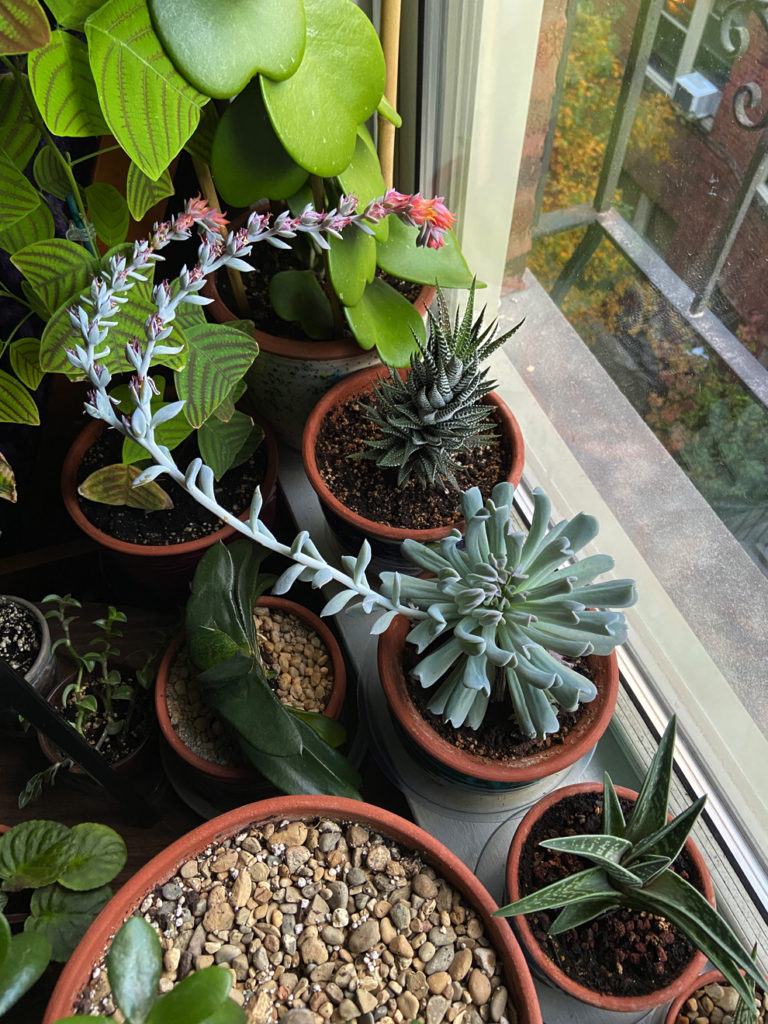
I knew that this project was closely related to the ceramic hats I had made for the Saturnalia Exhibition several years ago. Common to both projects: I made a large number of them in a short period of time; I used terracotta; they were quick, simple, and imperfectly formed; and—most importantly—they were made to be given away. The ancient Roman festival Saturnalia was similar to Carnival and Mardi Gras. These festivals all focus on the vigor of spirit in the face of adversity, on the collective not as a group of individuals but as a living breathing thing; they focus on the baseness and grotesqueness of the body combined with a celebration of life. It turns out that my flowerpots have a “carnival” aesthetic. Even my drawing practice has been leaning in this direction. I will write about this in my next entry.
While thinking about public festival traditions—Saturnalia, Mardi Gras, Carnival—I remembered my childhood in Montenegro. Every February our town had a colorful street festival called Dani Mimoze, held in observation, reverence, and honor of none other than… a plant.
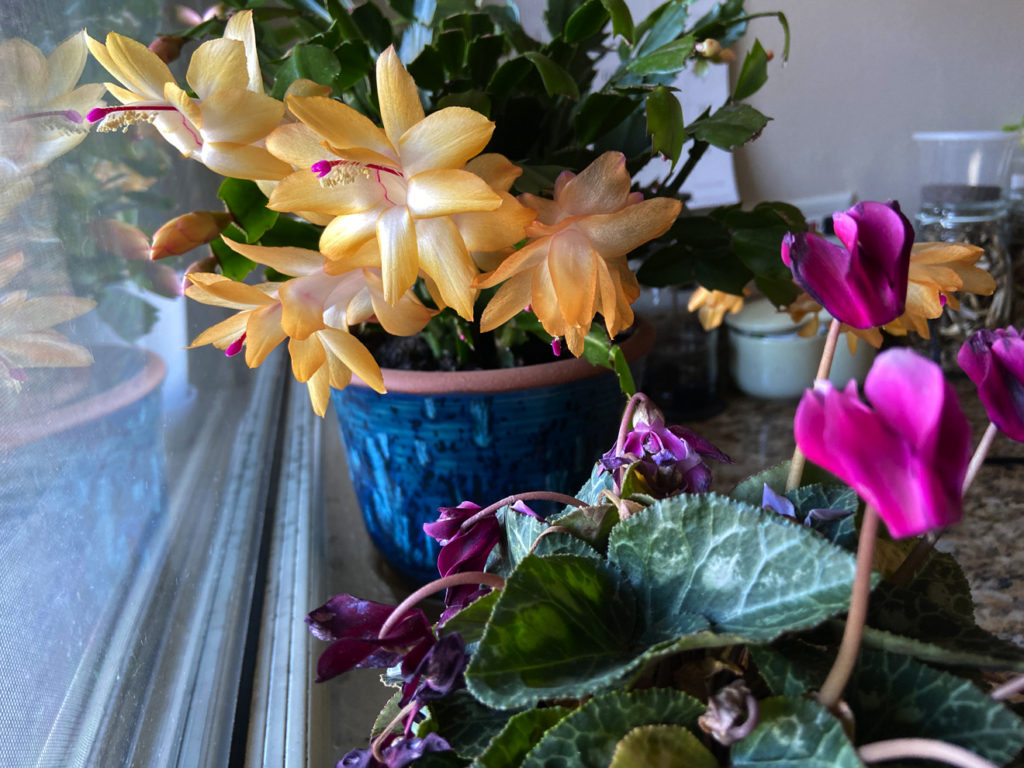
Thank You for this share on your practice in lockdown. I too found repetition & ritual through my painting practice, to temper tensions of lockdown.
Ritual and repetition added a familiar structure vs the chaos of covid. Thank you for the lovely read.
Great read! You made me want to take ceramics. Your pots and plants brought beauty to your surroundings.